You’ve more than likely heard of Stonehenge, but have you heard of the megalithic stones of Carnac?
In fact, the mysterious stones of Carnac are one of the largest megalithic sites in the world.
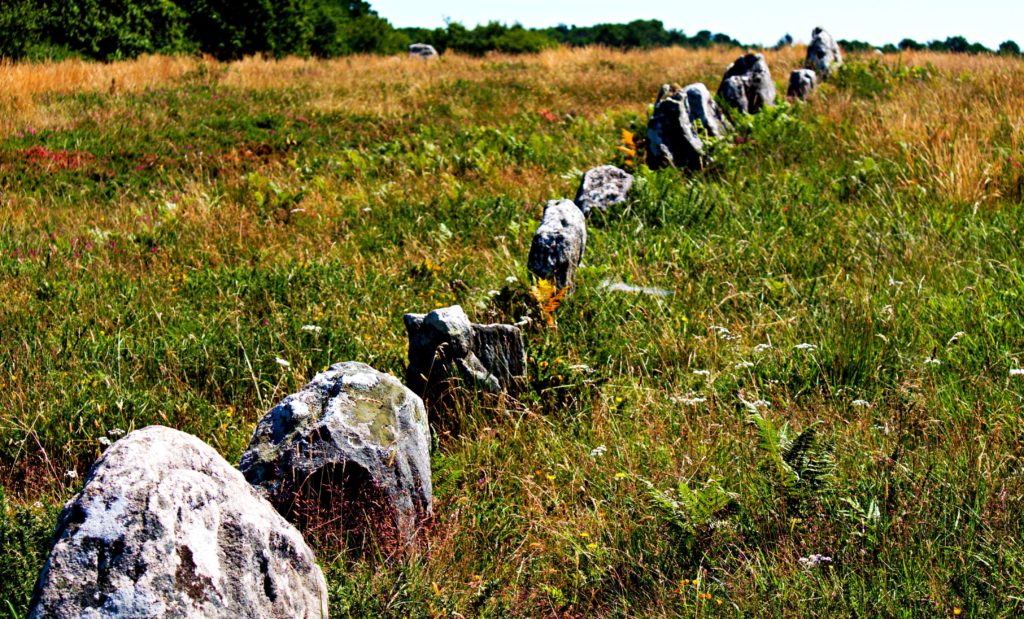
Where are they?
Carnac is in the region of Brittany, in the northwest of France. More specifically, Carnac is in the Gulf of Morbihan, which has one of the most beautiful coastlines in France. It’s only about 500km from Paris, and there is so much to see in this area.
What will I see?
There are almost 3000 of these ancient stones or menhirs standing in an area around 4km long, or over 40 hectares in total, making the stones of Carnac one of Brittany’s greatest attractions.
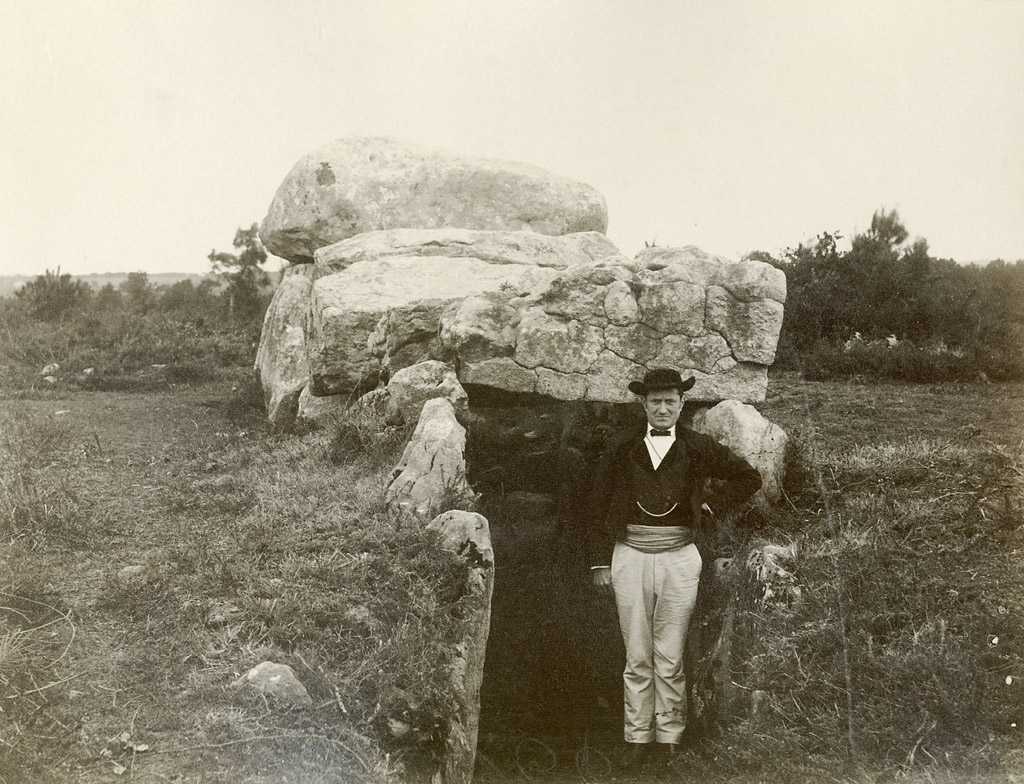
Most of the stones are found in and around the town of Carnac, but there are some close by in other villages.
Menhir is a word in Breton that means long stone ( maen, “stone” and hir, “long”).
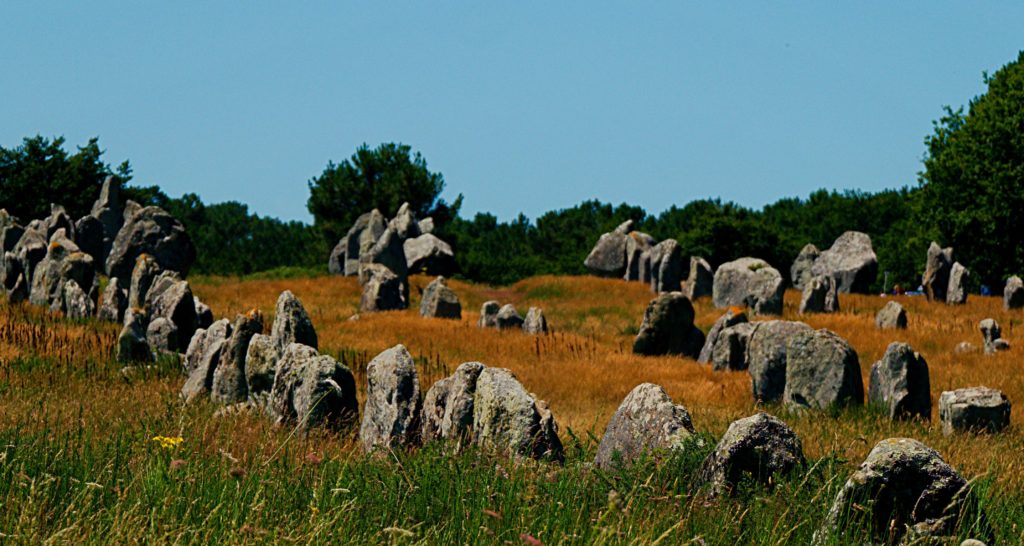
At first glance, the stones seem to be standing randomly in the fields. However, they have been placed very precisely in parallel rows and semicircular arrangements, or alignments, which is why they are referred to as the Carnac Alignments.
There are three fields of these ancient stones, called Ménec, Kermario and Kerlescan.
The site of Ménec is the most visited, probably because it is the closest to the town of Carnac itself. Here there are eleven rows of stones, each stone decreasing in size moving towards the east and finishing at each end in a large stone circle.
If you want to get up close and personal with the menhirs you can take a guided tour in the summer months; otherwise the stones are fenced off to the public and you can only view them from the paths running alongside. It’s still a pretty nice view.
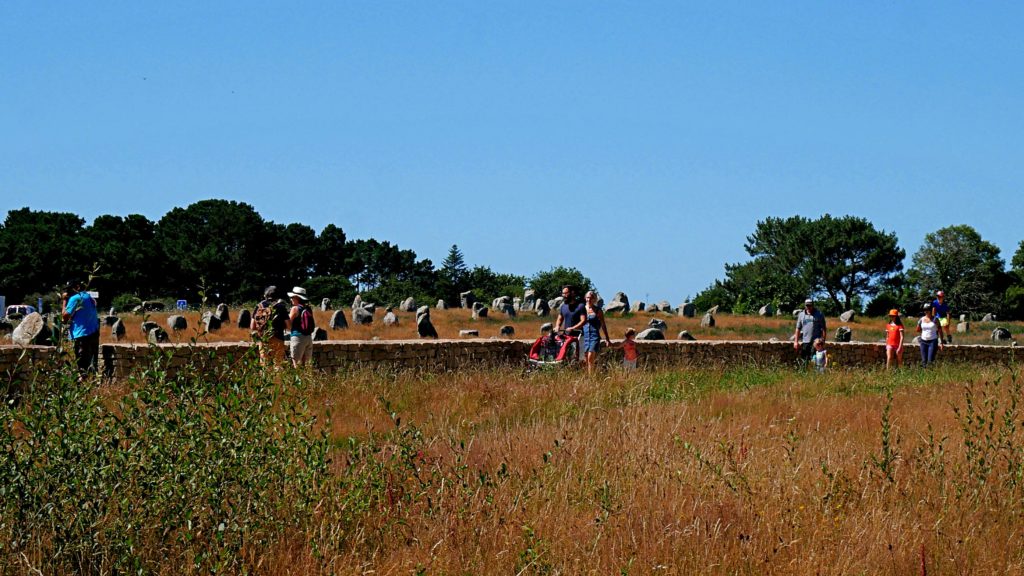
Close to the field of Ménec is the Maison des Mégalithes, a good place to start if your knowledge of the megalithic era is sketchy (whose isn’t!).
What do we know about the stones of Carnac?
We know the Carnac Alignments are around 6-7000 years old and that they were built and used over a long period of time.
But despite archaeological excavations and much speculation, there remain three unanswered questions about the megalithic stones of Carnac:
- Who built them?
- How did they build them?
- Why are they there?
So really, we don’t know much at all!
Local legends
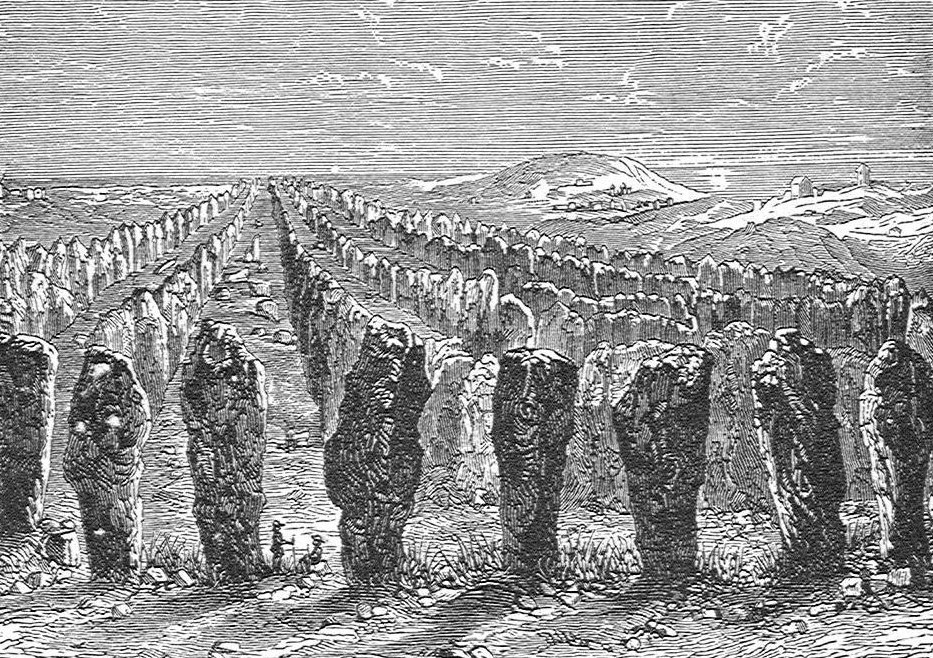
The most popular legend recounts that in the 3rd century, Pope Cornély (Cornelius) was fleeing an army of pagan Roman soldiers. When he reached the shore, he turned them all into the long lines of stones we see today. The soldiers who were behind the main legion were turned to stone where they stood – one soldier had stayed in the village of Kerlann drinking sweet cider and never left.

The people of Carnac built a church on the very same spot where the pope performed this miracle, dedicated to Saint Cornély, who became the patron saint of Carnac.
According to this legend the stones move once a year; at midnight on Christmas Eve they go to drink in the neighboring streams, and if you happen to be in the way you will find yourself squashed rather flat.
A similar legend recounts that it was the wizard Merlin who turned a marching Roman army into standing stones. Merlin was supposedly born in England but died and was buried in Brittany.

My favourite myth is the one which believes korrigans, which are Breton fairies or gnomes, lived in this magical place, and because of their extraordinary powers, caused all the stones to rise from the ground into the alignments which are there today.
The real purpose of the Carnac stones
OK, multiple choice time. What was the purpose of the Carnac stones?
A. Human sacrifice stones used by the Druids
B. Earthquake detector
C. Huge lunar observatory
D. Territorial boundary markers
E. All or none of the above.
If you guessed E, you’d be right!
Current thinking believes the alignments are of a sacred or religious nature, though their exact purpose remains unclear.
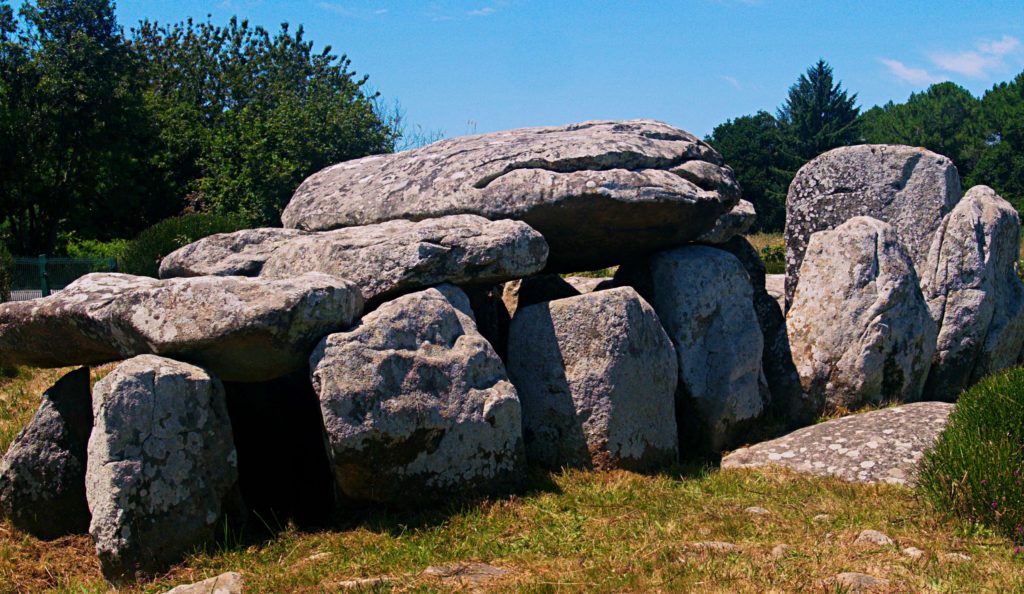
Some of the stones are dolmens, burial chambers which were once covered in soil to create a mound, or tumulus.
In conclusion
There’s something inexplicable about visiting the mysterious stones of Carnac. Tall, strong, forceful, immovable, it defeats common sense to imagine just how they got there thousands of years ago.

The site is not as it was many moons ago. Stones have been moved by farmers, by builders, by thieves, by road engineers. They are not open to the general public (except by guided tour) because authorities want to minimize as much as possible the potential damage from tourism.
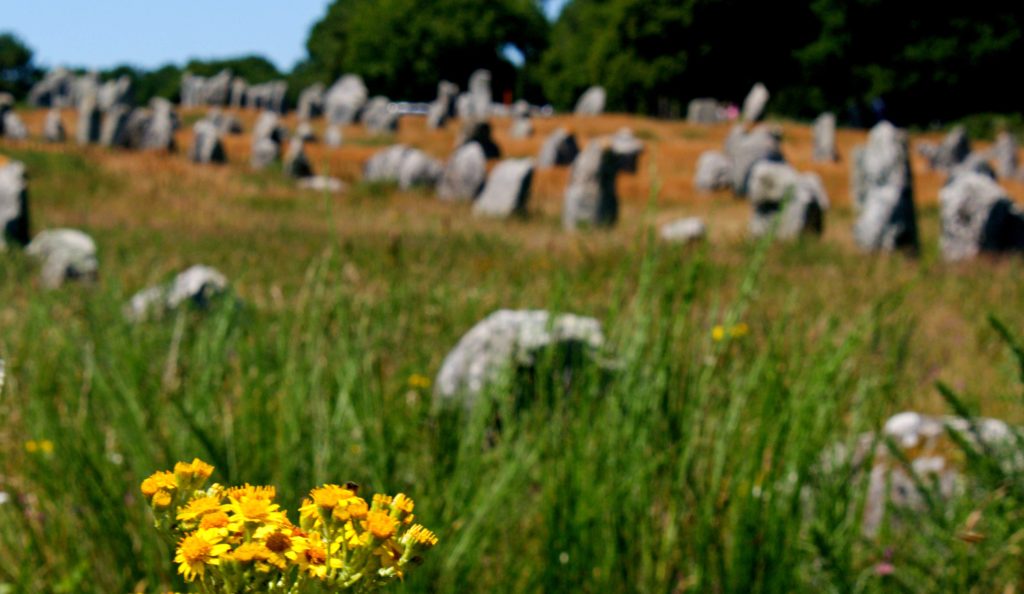
It really is a magical place. At sunset, as the light fades through the lines of ancient stones, what can you see? Are they Breton fairies, or hooded Druids, darting through the menhirs?
Come to Carnac and find out yourself.
Useful links
If you’re not in the region of Brittany right now, here is a 360 degree view of the Carnac stones you can enjoy from the comfort of your couch .
Click here if you’re interested in learning more about the megaliths of Carnac.
If you’re planning a trip to visit the stones, this is the official website .
Or here for more info on the commune of Carnac.




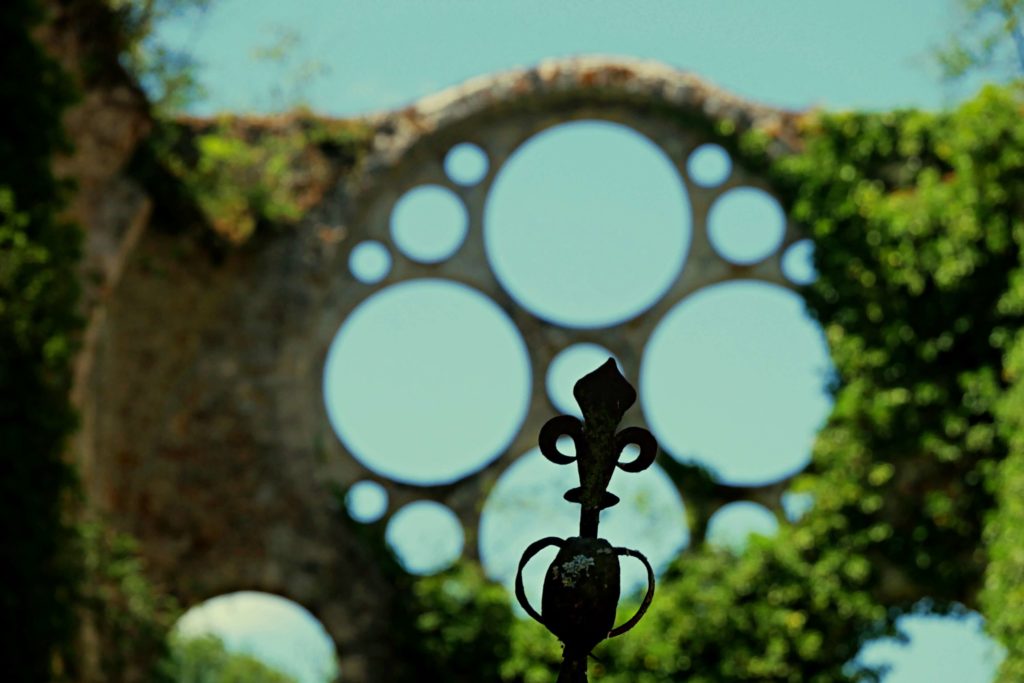
Clever soldier who stayed behind to drink cider 🙂